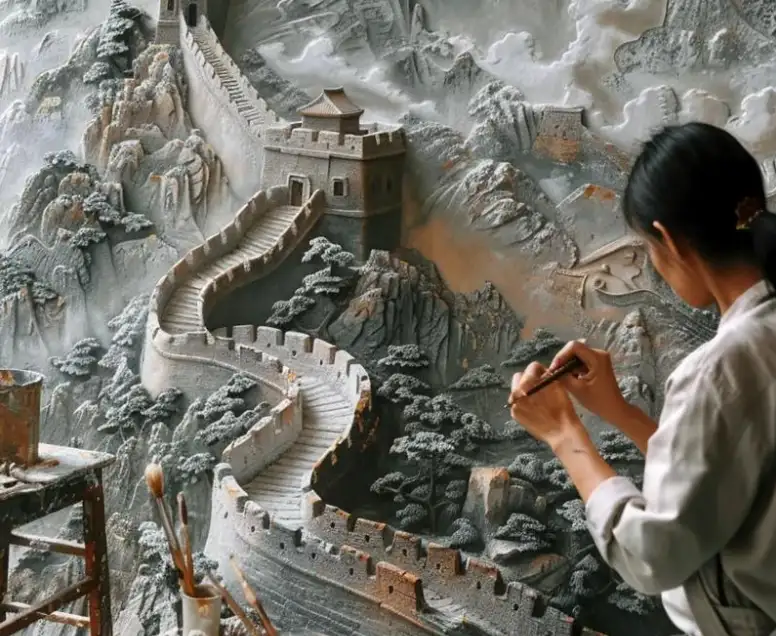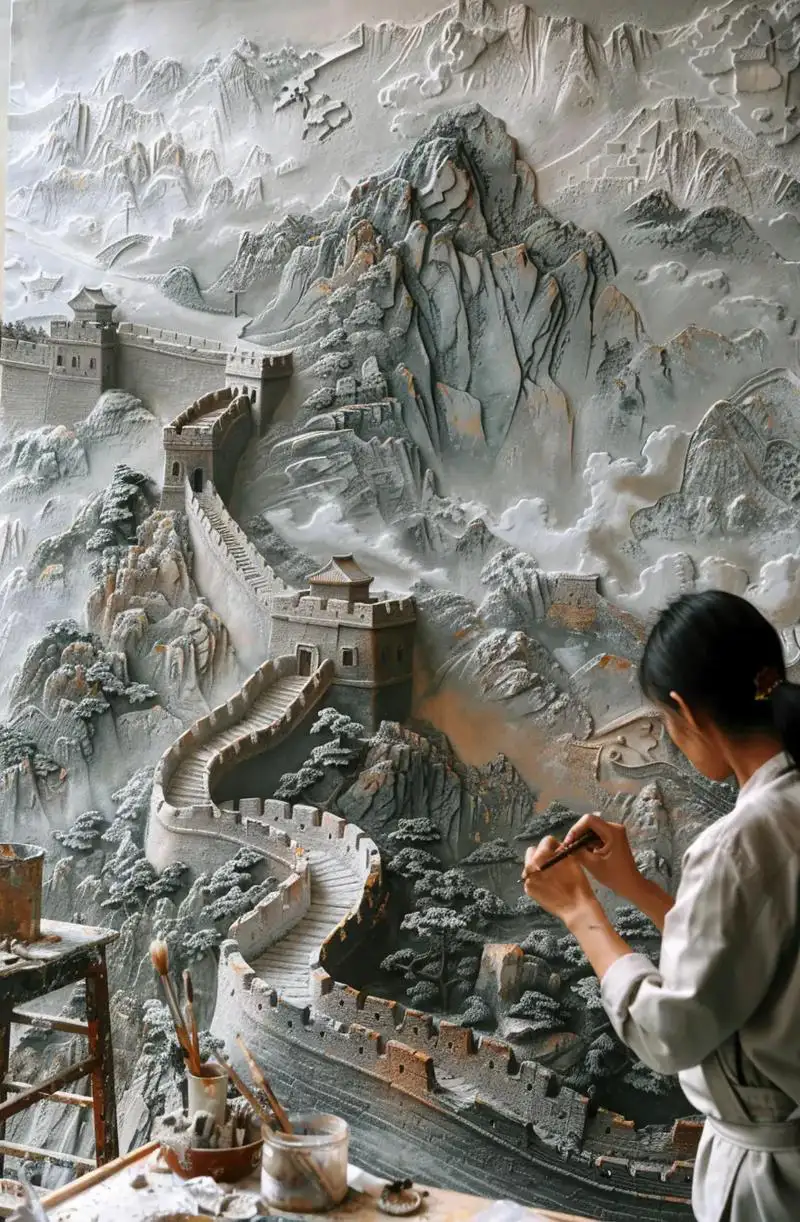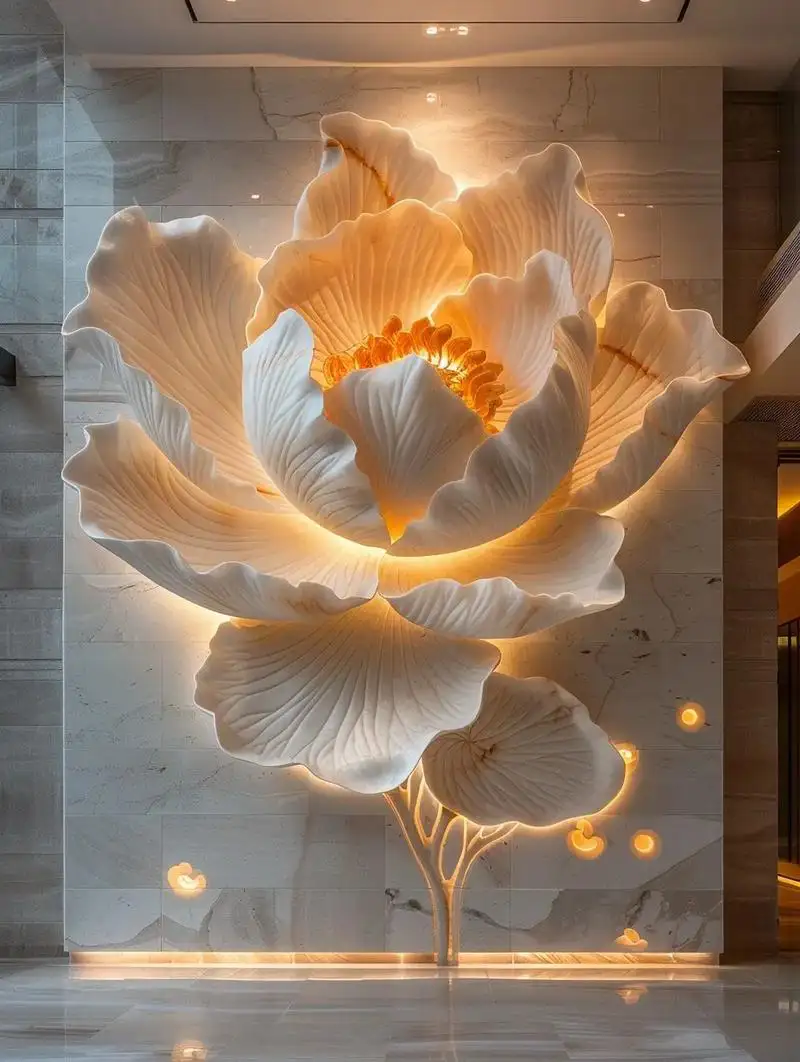
Chinese Wood Carving Technology: Relief Carving
- 26 Apr, 2025
- Posted by Admin
- 0 Comment(s)
Chinese Relief Carving: A Timeless Art of Precision and Beauty
Chinese relief carving is an ancient and exquisitely crafted sculptural art, widely applied in grottoes, architecture, ceramics, wood carving, and more. Below is a comprehensive introduction to its historical evolution, technical classifications, artistic features, and core strengths.

I. Historical Development of Chinese Relief Carving
Primitive Societies to Qin-Han Dynasties (Emergence and Foundation)
Early relief carvings appeared in rock paintings and pottery motifs, such as the jade pig-dragon of the Hongshan culture and the jade cong of the Liangzhu culture, reflecting primitive religious and totemic worship.
During the Qin-Han period, the Terracotta Army of Emperor Qin Shi Huang employed segmented relief assembly techniques, while Han Dynasty stone reliefs (e.g., the Wu Family Shrines in Shandong) pioneered a style combining line engraving and low relief.
Wei-Jin to Sui-Tang Dynasties (Flourishing Under Buddhist Influence)
The introduction of Buddhism propelled relief art to new heights, exemplified by the niche reliefs of the Yungang Grottoes (Northern Wei) and the Imperial Procession at Longmen Grottoes (a high-relief masterpiece later looted and scattered overseas).
The Six Steeds of Zhao Mausoleum (Tang Dynasty) blended realism and symbolism, capturing the grandeur of the High Tang era.
Song to Ming-Qing Dynasties (Secularization and Refinement)
Song Dynasty wooden architectural reliefs (e.g., the Hall of the Holy Mother at Jinci) emphasized intricate details, while Yuan Dynasty ceramic appliqué (e.g., Jingdezhen’s underglaze red ware) developed three-dimensional decorative techniques.
By the Ming-Qing period, Dongyang wood carving (multi-layer openwork) and Huizhou brick carving (architectural ornamentation) reached unparalleled technical sophistication.
II. Technical Classifications of Chinese Relief Carving
-
By Depth of Carving
-
Bas-relief (Low Relief):
Depth < 1/2, e.g., Han Dynasty stone reliefs and Shoushan stone banyi carvings. -
High Relief:
Depth > 1/2, with pronounced three-dimensionality, e.g., the guardian figures at Longmen Grottoes and divine kings at Lingquan Temple.
-
-
By Technique
-
Openwork Carving:
Partial hollowing for enhanced light and shadow effects, e.g., Chaozhou wood carving’s gilt multi-layer openwork. -
Engraving:
Intaglio line patterns, commonly seen in steles and jade carvings.
-
-
By Material
-
Stone Relief: Longmen Grottoes, Dazu Rock Carvings.
-
Wood Relief: Dongyang wood carving, Fuzhou softwood carving.
-
Ceramic Relief: Tang Dynasty sancai appliqué, Jingdezhen embossed designs.
-
III. Artistic Features of Chinese Relief Carving
-
Line-Based Aesthetics:
Unlike Western relief’s emphasis on volumetric mass, Chinese relief prioritizes rhythmic lines, as seen in the flowing drapery styles reminiscent of Gu Kaizhi’s “silkworm-spitting-silk” technique. -
Material-Adapted Craftsmanship:
Leveraging natural textures and hues, e.g., Shoushan stone qiaose relief, where the outer layer is carved into landscapes and the inner layer serves as a backdrop. -
Philosophy of “Void and Solid”:
Using negative space and openwork (e.g., Huizhou brick carving) to evoke the artistic ideal of “treating white as black.” -
Sacred and Secular Themes:
Buddhist motifs (apsaras, bodhisattvas) coexist with folk narratives (Eight Immortals, pastoral scenes).
IV. Core Strengths of Chinese Relief Carving
-
Ancient Heritage:
Spanning from Neolithic times (e.g., Liangzhu’s divine masks, 5000 years old) to modern innovations like Li Renqing’s high-relief rubbing techniques. -
Diverse Techniques:
Encompassing low/high relief, openwork, gilding (e.g., Chaozhou wood carving), and more. -
Iconic Cultural Symbols:
Dragons, phoenixes, and auspicious clouds epitomize Eastern aesthetics, as seen in the imperial grandeur of Forbidden City reliefs. -
Global Influence:
The Imperial Procession is housed in the Metropolitan Museum of Art, while Hui’an stone carving shapes Southeast Asian architecture.

V. Modern Innovations and Preservation
-
Digital Restoration:
Longmen Grottoes employs 3D printing to reconstruct dispersed reliefs. -
Cultural Revitalization:
Li Renqing’s relief-rubbing techniques inspire blind-box文创, bridging tradition and contemporary life.
Conclusion
Chinese relief carving stands tall in the global art landscape for its historical depth, technical mastery, and cultural richness. It is both a testament to ancient artisans’ ingenuity and a wellspring for modern creativity. For deeper exploration of specific schools (e.g., wood/stone carving) or techniques (e.g., openwork), further discussion is welcomed!
